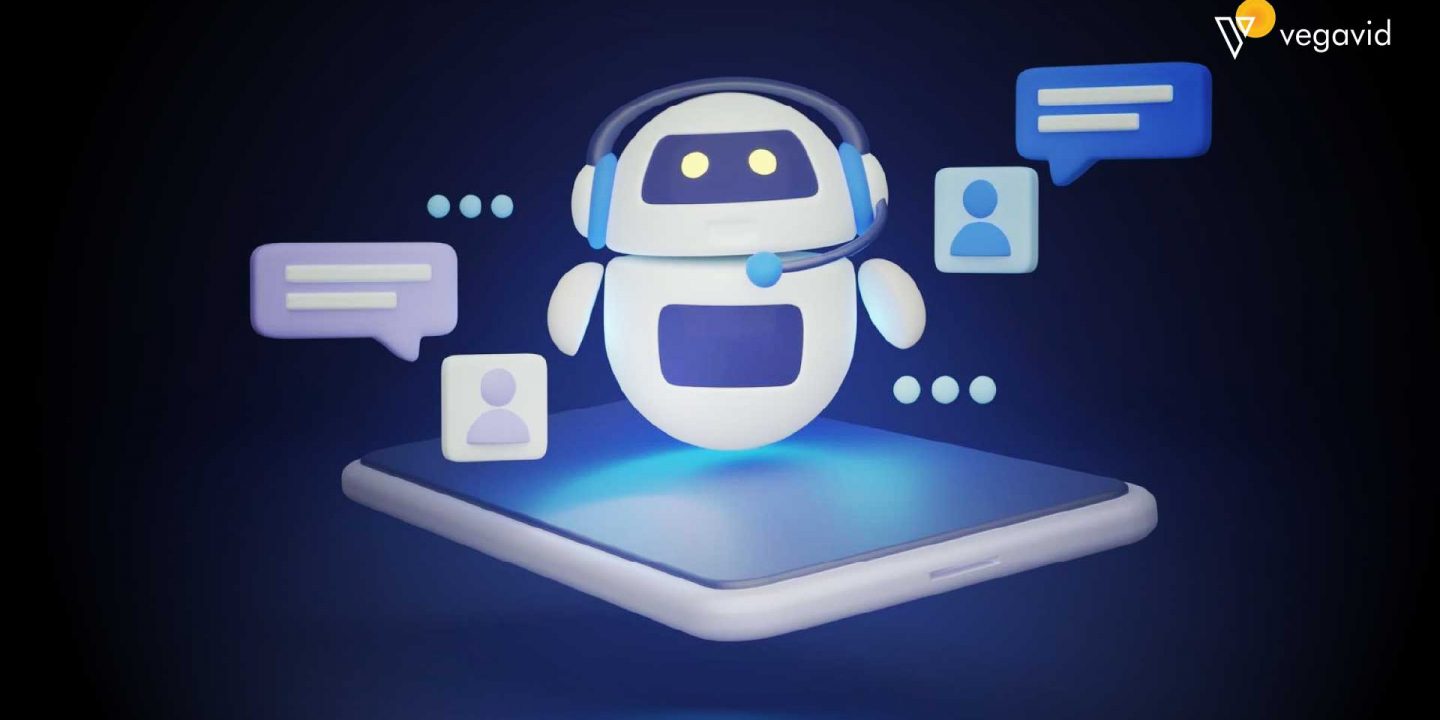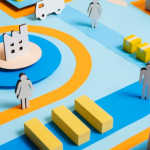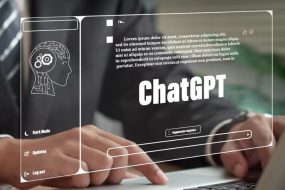
In the rapidly evolving landscape of artificial intelligence, one term that has gained significant attention is GPT, which stands for Generative Pre-trained Transformer. It represents a breakthrough in the field of natural language processing and has the potential to revolutionize various industries. In this comprehensive guide, we’ll delve into the intricacies of GPT, exploring its features, applications, and implications for the future.
At its core, It is an AI model designed to generate human-like text based on the input it receives. It falls under the broader category of transformer models, which excel at processing sequential data like language. What sets it apart is its “pre-trained” nature, meaning it’s trained on an extensive dataset before being fine-tuned for specific tasks. This pre-training allows it to learn grammar, context, and even nuances of language usage, making it a versatile tool for various applications.
How Does It Work?
It operates by utilizing a mechanism called “self-attention,” which enables it to weigh the importance of different words in a given input. This mechanism allows it to capture of contextual relationships between words and generate coherent and contextually relevant responses. The model comprises layers of self-attention mechanisms, enabling it to process information hierarchically and generate text step by step.
The Evolution of GPT Models
Since its inception, it has undergone several iterations, each marked by advancements in complexity and performance. The journey started with GPT-1, which introduced the concept of pre-training and fine-tuning. Subsequent versions, such as GPT-2 and GPT-3, increased the model’s size and dataset, resulting in improved language generation, understanding, and overall versatility.
Applications of GPT
The applications of GPT are vast and continually expanding. From chatbots that can hold natural conversations to content generation for various industries, it is making its presence felt. It aids in language translation, content summarization, and even code generation, showcasing its adaptability and potential to enhance efficiency across domains.
GPT’s Impact on Content Creation
One area where it is significantly influencing the landscape is content creation. Marketers, writers, and creators are leveraging GPT to draft articles, generate social media posts, and even compose product descriptions. While it streamlines the content creation process, there are debates about the originality of AI-generated content and its impact on human creativity.
Ethical Considerations and Concerns
As with any advanced technology, it raises ethical concerns. The potential for generating fake news, biased content, and malicious narratives is a significant worry. Ensuring that AI-generated content adheres to ethical guidelines and doesn’t propagate misinformation is a challenge that researchers and developers are actively addressing.
FAQs About GPT
Q1: What does “pre-trained” mean in GPT?
Pre-training involves training a model on a large dataset to learn grammar, context, and language nuances before fine-tuning it for specific tasks.
Q2: Can GPT understand multiple languages?
Yes, it can comprehend and generate text in multiple languages, making it a versatile tool for global communication.
Q3: How accurate is GPT’s language generation?
It’s language generation is remarkably accurate, thanks to its self-attention mechanisms and extensive training data.
Q4: Is GPT conscious or sentient?
No, it lacks consciousness and sentience. It generates text based on patterns in data and lacks true understanding.
Q5: What challenges does GPT face in content creation?
GPT-generated content, while efficient, can lack genuine creativity and originality, posing challenges for industries that value human ingenuity.
Conclusion
Generative Pre-trained Transformers have ushered in a new era of AI-driven language processing and content generation. With its remarkable ability to comprehend context and generate coherent text, GPT is transforming industries ranging from marketing to healthcare. As developers continue to refine the technology and address ethical concerns, we’re poised to witness further innovations and advancements in the realm of GPT-driven AI.






